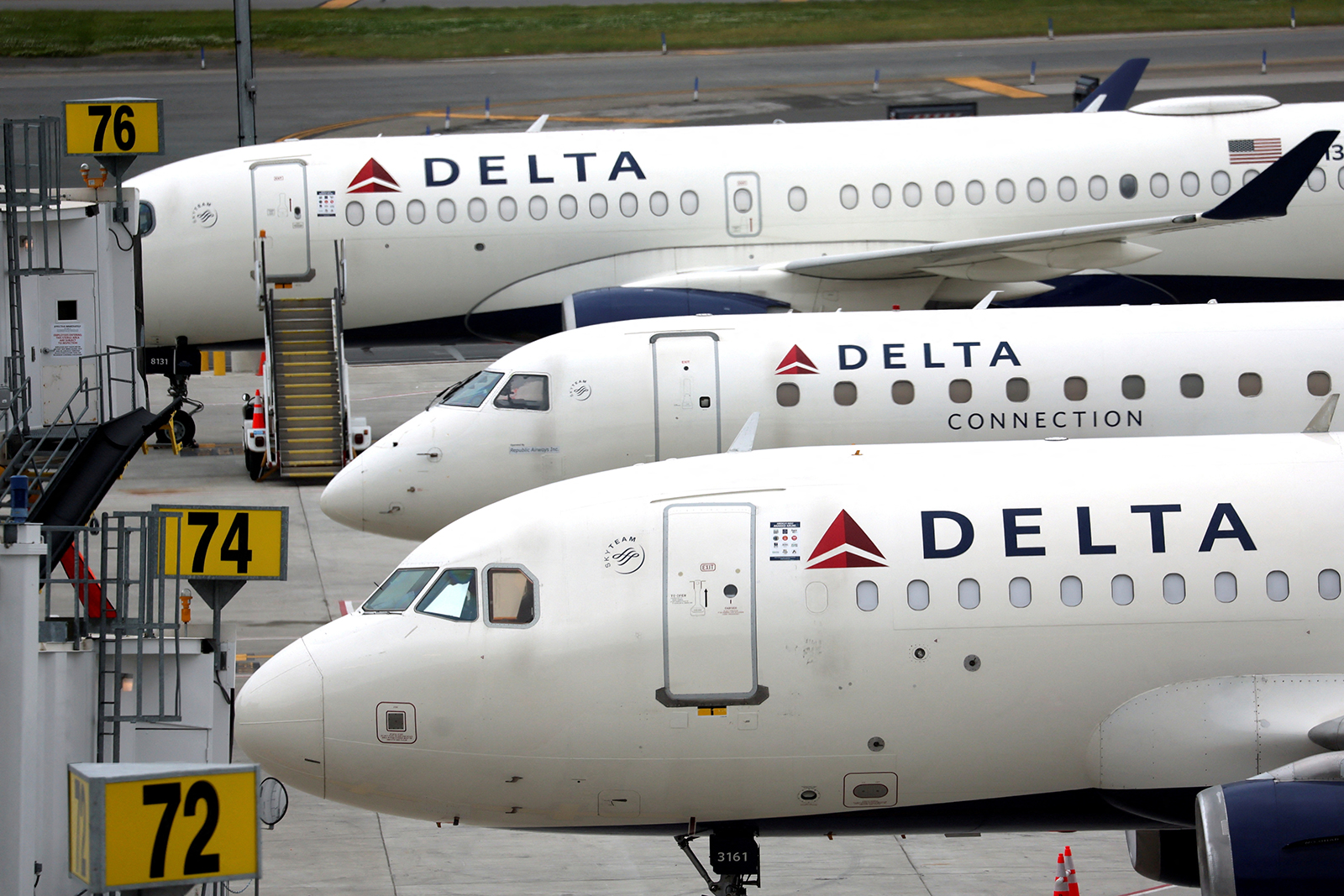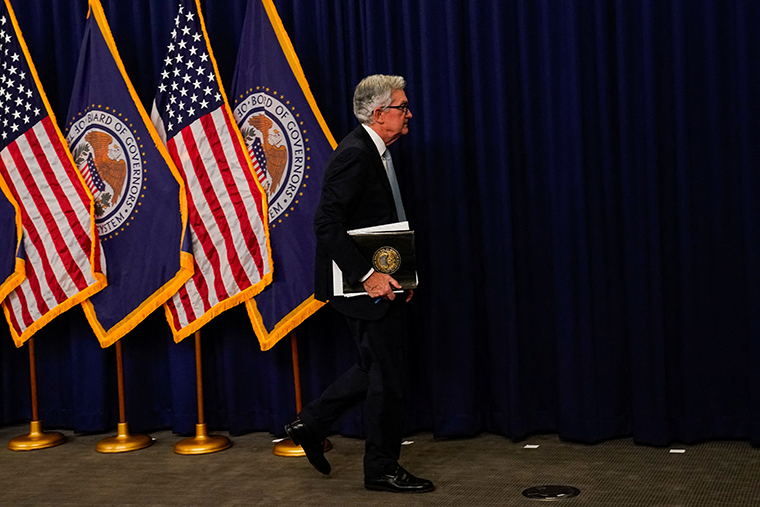At the end of the Federal Reserve’s two-day meeting today, the central bank will release its economic outlook. That forecast, which is updated four times a year, includes a chart that plots out an array of dots, showing where each of the Fed’s 19 leaders expect interest rates to go in the future.
Former Fed chair Ben Bernanke first created the dot plot in 2012, mostly as a way to assure the public that Fed leaders planned to keep interest rates low for the time being.
Now, the opposite is true: The dots have become a signal that interest rates will remain elevated into the future — spooking investors and Fed watchers alike.
The problem is that it’s difficult to predict what the future actually holds. As economic data changes, so do Fed projections.
Federal Reserve Chair Jerome Powell warned last year that “the dots are not a great forecaster of future rate moves,” and that they should be taken “with a big, big grain of salt.”
But that doesn’t stop investors from reading into them.
Back in December 2021, the Fed was only expecting rates to finish this year at about 0.9%. Goldman Sachs analysts said this week they expect the median “dot” to rise to a new peak in federal fund rates of 5%-5.25%, up from 4.5%-4.75% in September.
That would mean Fed officials expect to raise rates by half a percent more than they did three months ago, when the plot was last released.






